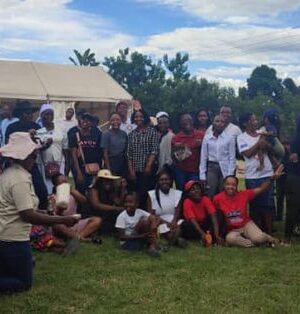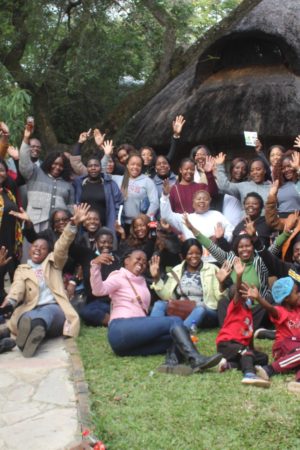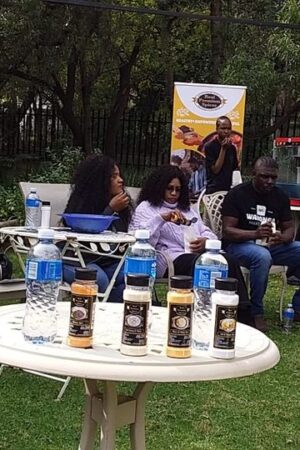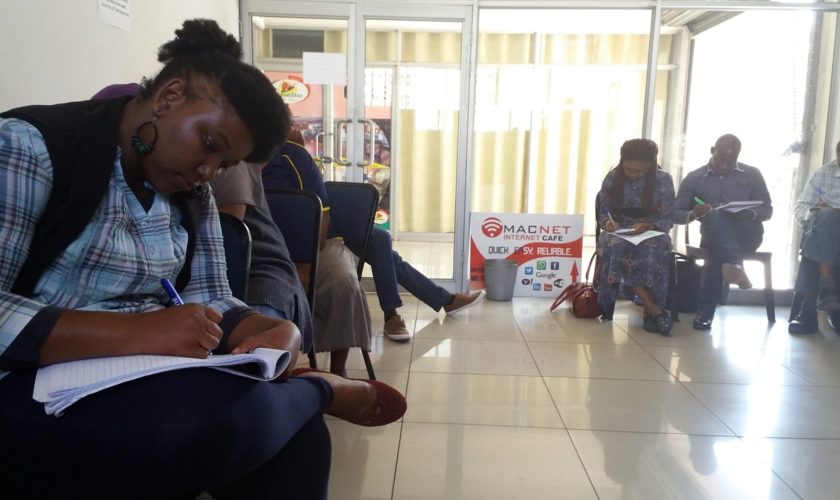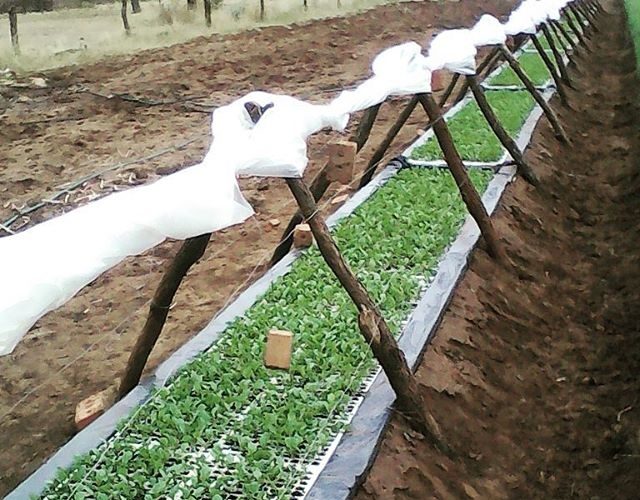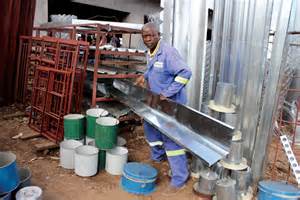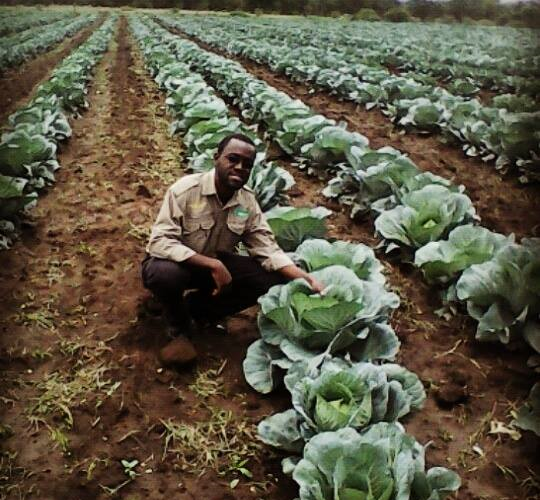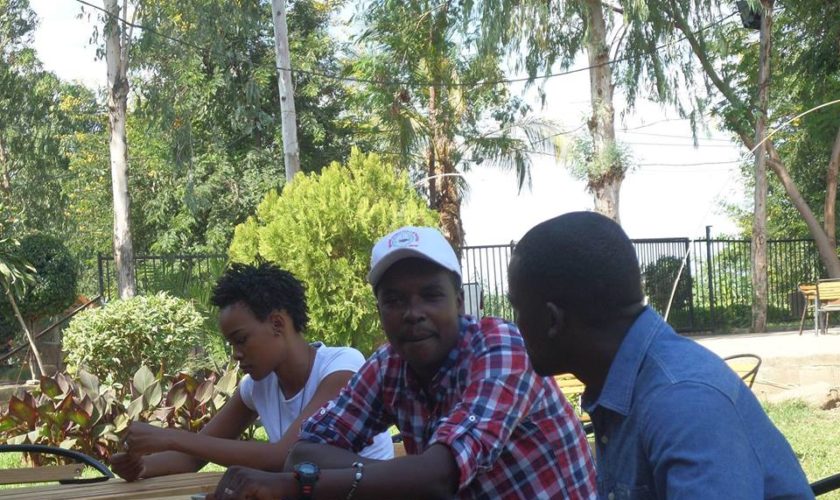What is YALI?
The Young African Leaders Initiative (YALI) is a signature effort to invest in the next generation of African leaders. The need to invest in grooming strong, results-oriented leaders comes out of the statistics: nearly 1 in 3 Africans are between the ages of 10 and 24, and approximately 60% of Africa’s total population is below the age of 35.
Who will empower and lead these young Africans? Who will shape the future of business and entrepreneurship, civic leadership, and public management? In order to answer these questions, YALI promotes three models designed to identify and empower young leaders: the YALI Mandela Washington Fellowship, YALI Network, and now the establishment of Regional Leadership Centers across Africa.
What are YALI Regional Leadership Centers?
Initially, there will be four Regional Leadership Centers (Ghana, Kenya, Senegal, and Southern Africa). These Centers will serve as regional hubs across the continent to encourage transformational learning and enhancing leadership skills. The YALI Regional Leadership Centers are a project of the United States Agency for International Development (USAID) in close partnership with The MasterCard Foundation. Each Regional Leadership Center is managed under a public/private partnership.
What is the YALI Regional Leadership Center Southern Africa?
The conceptualisation, development and curriculum content of the Regional Leadership Center Southern Africa (RLC SA) as led by the University of South Africa (Unisa) were heavily influenced by the developmental, political and economic dynamics of the Southern African Development Community (SADC) region.
The RLC SA will develop the young African leaders in Business and Entrepreneurship Development; Civic Leadership; and Public Management and Governance through a hybrid of innovative and complimentary approaches that include contact sessions; online mentoring; online self-paced tuition; industry placements and experiential learning.
The centre will have year-long access to the state-of-the-art facilities at the Unisa School of Business Leadership in Midrand, South Africa for the English speaking participants. The same program will be replicated in Mozambique for Portuguese speaking participants as a way of reaching and opening access to the disadvantaged lusophone communities. Contemporary African issues such as HIV/AIDS, gender, responsible leadership and technology will also be infused into the program to develop young and transformative African leaders. The productive partnership with the local and USA universities; private sector partners as well as the regional bodies such as SADC and the African Union will contribute to the improved quality of the program as well as the access, reach and delivery mechanisms.
The RLC SA will, in collaboration with its partners, develop the 21st century skills that are the indispensable currency for participation, achievement and competitiveness in the global economy.
In pursuit of these ideals, the RLC SA aims to:
- Create critical thinkers
- Solve complex and multidisciplinary problems
- Foster entrepreneurial thinking
- Innovative use of information, knowledge and opportunities
- Encourage communication and multicultural collaboration
- Create awareness of contemporary African issues
Objectives of the RLC SA
- To provide the platform and tools to empower dynamic young Africans
- To awaken their innate leadership potential for the benefit of Africa and its global partners.

Who Should Apply?
The program is open to young African leaders aged 18 – 35 years old depending on their level of experience and track record in their chosen sector.
Participants must meet the following criteria:
- Age (18-35)
- English language proficiency
- Portuguese speaking participants will be accommodated in the Mozambique Hub at UEM
- A commitment to positively impact Africa, their own countries as well as communities
- Demonstrated leadership capabilities and interest in Public Management, Entrepreneurship Development and Civic Leadership
- Commitment to serve the development agenda of the African continent
Young leaders from the following countries are eligible to participate in the programme: Angola, Botswana, Comoros, Lesotho, Malawi, Madagascar, Mauritius, Mozambique, Namibia, Seychelles, South Africa, Swaziland, Zambia and Zimbabwe.
Please note that participants from Tanzania and the DRC should apply for Yali RLC East Africa. Visit the yalieastafrica.org website for further information.
Selection Process and Criteria
Selection for participation in the YALI RLC SA will be conducted by a selection panel which will use the following criteria to evaluate applications:
Requirements:
- A proven record of leadership in public service, business and entrepreneurship, or civic engagement. They can be new entrants in public and private service institutions looking to develop their leadership abilities.
- Proven record of knowledge, interest, and professional experience in the sector/track selected.
- Proven record of active engagement in public or community service, volunteerism, or mentorship.
- Selected participants applying for the contact session must be willing to travel to the RLC SA in Midrand, Johannesburg or Maputo for the duration of the program.
- A commitment to apply leadership skills and training to benefit your country and/or community after the program.
Skills:
- Good interpersonal and communications skills
- Knowledge of youth leadership and development issues
- Ability to work independently with minimal supervision
- Demonstrate the ability to work in a small or large team setting
- Proven computer skills
- Cultural sensitivity
- Positive attitude
- Dedication, responsibility and reliability
Over and above, the intended beneficiaries of the program include the following:
- Rural based and economically disadvantaged communities
- Young leaders living with disabilities
- Young leaders in lusophone countries
- Women
- People who are HIV positive or who are living with AIDS
- Organisations that represent and advocate for the rights of LGBTI communities across the region
All applications will go through a stringent selection process which will be reviewed by a selection panel. The prospective applicants will be interviewed pending final selection to the program.
Applicants will not be discriminated against on the basis of race, ethnicity, color, gender, religion, socio-economic status, disability, sexual orientation, or gender identity.
![]()

